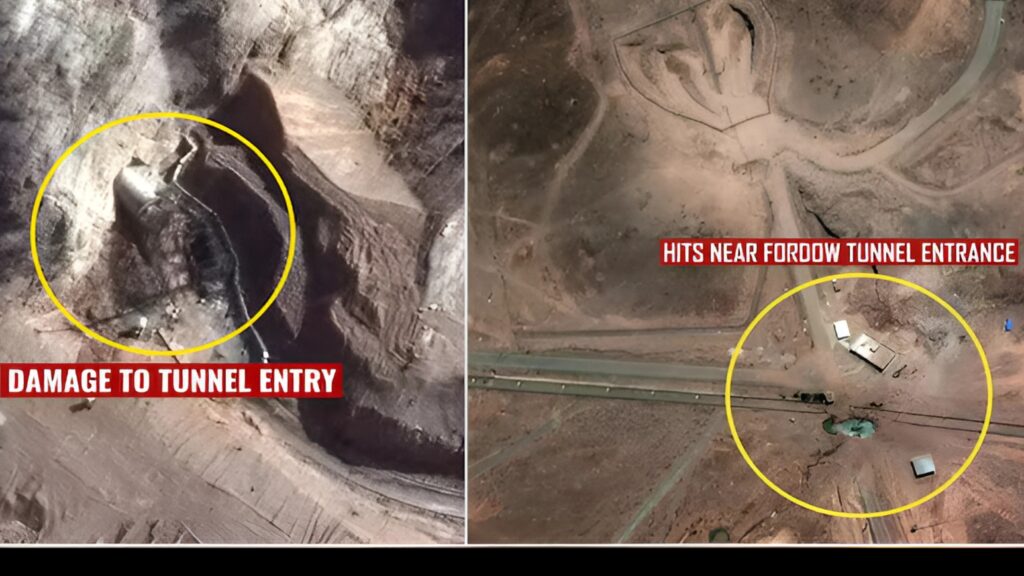
In a significant development, CIA Director John Ratcliffe announced that recent U.S. airstrikes have inflicted severe and long-term damage on Iran’s nuclear infrastructure. Contradicting earlier reports suggesting minimal impact, Ratcliffe stated that credible intelligence confirms the destruction of several key Iranian nuclear facilities, necessitating years of reconstruction .

The airstrikes, part of “Operation Midnight Hammer,” targeted three major sites: Fordow, Natanz, and Isfahan. The U.S. military deployed 14 GBU-57 bunker-buster bombs, each weighing over 13,600 kilograms, to penetrate fortified underground facilities . President Donald Trump emphasized the operation’s success, asserting that the strikes “completely and fully obliterated” Iran’s nuclear capabilities.
Despite these claims, a leaked preliminary assessment from the Defense Intelligence Agency (DIA) suggested only limited damage, estimating that Iran’s nuclear program would be delayed by mere months. This assessment was not coordinated with other intelligence agencies and lacked comprehensive data . The leak has prompted an investigation by federal authorities, with the Trump administration expressing strong disapproval and vowing to prosecute those responsible.
International reactions have been mixed. Israeli officials support the U.S. claims, stating that the joint strikes have significantly set back Iran’s nuclear capabilities. Conversely, Iran acknowledges substantial damage but denies any lasting setbacks. The International Atomic Energy Agency (IAEA) has expressed concern over the loss of monitoring access to Iran’s nuclear material amid the hostilities.
As tensions escalate, the global community watches closely, with the potential for renewed diplomatic talks on the horizon. The full extent of the damage and its implications for regional stability remain subjects of intense scrutiny.


